On-site export promotion has been helping the textile industry attract a large number of importers. Many foreign investors have researched and chosen Vietnam as their base.
Industry and Trade Newspaper had a discussion with Dr. Hoang Xuan Hiep - Rector of Hanoi University of Textile and Garment about this issue. At the same time, listen to his sharing about the desire and solutions to help the industry achieve the goal of sustainable development in the long term.
Good results from on-site export promotion activities
- Vietnam's textile and garment industry currently exports to 104 countries and territories - a not small number . According to you , what is the "secret " to achieving such remarkable results ?
Mr. Hoang Xuan Hiep : Vietnam's textile and garment industry focuses mainly on exports. In 2024, of the total turnover of 44 billion USD, 90% will be from export activities and 10% from domestic activities. Because most of the industry's output is for export, developing new markets is one of the characteristics and strengths of the textile and garment industry.
In addition to traditional markets such as the US, Europe, Japan, Korea, etc., thanks to the efforts of the Government and the Ministry of Industry and Trade to negotiate and sign free trade agreements, the textile and garment industry has opened up many new markets such as Canada, Australia, Mexico, Russia, etc. Since then, the textile and garment industry has increasingly consolidated its role and position in the global textile and garment market.
And, on-site trade promotion and export promotion activities have made a very positive contribution to the development of new markets for the Vietnamese textile and garment industry. First of all , trade promotion activities organized right in Vietnam help businesses reach both traditional and new customers.
Second , access to the supply chain, especially raw material suppliers for the Vietnamese fashion industry. The characteristic of the economy now is a global economy, the supply chain is also a global supply chain, we cannot produce everything. Therefore, this is an opportunity for the Vietnamese textile and garment industry to access many links in the supply chain and gradually enter higher value stages in the value chain.
Third , trade promotion in the domestic market helps small and medium enterprises access new technology, advanced technology with the most reasonable cost. The textile industry currently has up to 89% of enterprises with less than 200 employees, that is, small and medium enterprises. They do not have the cost to participate in export promotion activities abroad, direct contact with many importers, so participating in domestic fairs organized on an international scale is a good alternative.
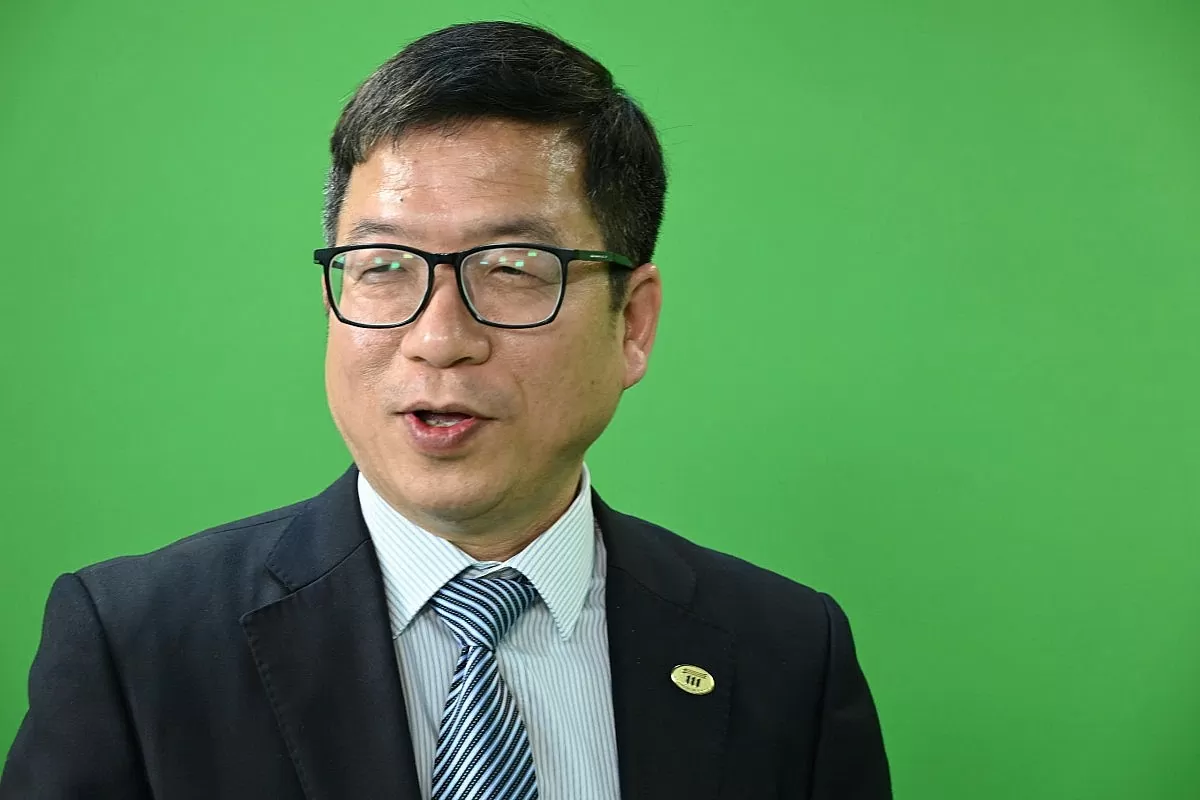 |
| Dr. Hoang Xuan Hiep - Principal of Hanoi University of Industry |
-Speaking of on-site export promotion , the textile industry has international exhibitions, textile industry, equipment, raw materials and fabrics organized annually, which have become the destination of suppliers around the world . After many years of organization , how do you perceive the enthusiasm of foreign partners?
Mr. Hoang Xuan Hiep : The two textile and garment promotion fairs held in April and October every year are vivid proof that suppliers and buyers around the world consider Vietnam to be one of the strongest countries in textile and garment.
At the fair held in April, there are usually about 1,000 exhibitors participating, the fair in October has about 300 exhibitors. Through the number of participating businesses, it is clear to see that besides the commercial purpose, exhibitors have many benefits when participating, most notably the opportunity to consume their products. Regarding fabric alone, Vietnamese businesses have to import 10 - 11 billion USD a year - a huge number, not to mention about 10 billion USD worth of other raw materials and accessories.
At the same time, they are also new technology suppliers for the Vietnamese textile and garment industry. That is also an opportunity for the industry because we can carry out digital transformation and green transformation very quickly when we have access to the right technology.
Exhibitors participating in exhibitions in Vietnam also reach a very good number of Vietnamese customers. This is also proof that Vietnam's national brand is getting better and better and that the competitiveness of Vietnam's textile industry compared to its competitors is increasing. This is also vividly demonstrated when in 2010, Vietnam's textile market share in the world was about 2%, now it has increased to about 6%.
 |
| Promoting on-site exports will help textile and garment enterprises expand their markets (Illustration photo) |
Joining hands to attract FDI investment in upstream sector
-The goal of export promotion activities at home is to attract brands and importers to Vietnam, open up cooperation opportunities to develop production, especially in the upstream stage . What do you think about this idea and to what extent has the industry attracted investment so far?
Mr. Hoang Xuan Hiep : One of the weaknesses of the Vietnamese textile industry is the upstream stage, from design to raw material production. Many trade promotion and export promotion fairs have helped the Vietnamese textile industry strengthen this production sector.
First of all, it can be seen that through trade promotion fairs, upstream manufacturing enterprises in Vietnam find their markets. Obviously, developing in large markets such as Europe, Japan, Korea, the US, etc. will promote and be the driving force to pull up an entire manufacturing sector. For example, Vietnam's yarn exports are about 4 billion USD, fabric is about 2-3 billion USD, if we can find a market for these products, it will be the driving force for the yarn and fabric production to develop more strongly.
Investing in upstream requires a lot of capital, so choosing the right technology to invest in will give you the fastest return on investment. Regarding equipment selection, through trade promotion fairs, domestic enterprises can compare suppliers with each other.
On the other hand, through on-site export promotion activities, during contact with customers, manufacturers also obtain information from markets about new standards or regulations.
The results of trade promotion activities, on-site export promotion, combined with other policies of the Government, the results of attracting foreign investment to Vietnam's textile and garment industry are very good. By the end of 2024, there will be about 3,500 projects, attracting over 37 billion USD for the textile and garment industry.
- Through practical observations, in your opinion, what difficulties does the textile industry have in attracting investment through on-site export promotion activities and what are the solutions to overcome them ?
Mr. Hoang Xuan Hiep : When we organize trade promotion events, the content for trade promotion is very important - that is the internal strength of each field. To promote trade successfully, we must prepare good internal strength to promote to the world.
For example, for textiles, lack of raw materials is a major bottleneck. Many partners come to seek investment and trade opportunities in yarn - weaving - dyeing but are not welcomed by localities, so it is very difficult to retain investors.
Policies and financial and tax incentives for supporting industries are unclear and not attractive enough.
The final difficulty, human resources is also one of the barriers when foreign customers come to Vietnam to invest, wanting high-quality human resources but the textile industry is in great shortage.
The solution for this is that the Government needs to plan large-scale concentrated industrial zones for each key export sector. For example, textiles and garments should have their own large industrial zones, including wastewater treatment, green transformation infrastructure, human resources, etc.
Researching financial support policies, taxes, and interest rates are of course support policies that do not violate international integration commitments. At the same time, for key export products but with scarce input human resources, the State should have a policy of ordering training for human resources in the upstream sector.
Thank you very much!
| Mr. Hoang Xuan Hiep - Principal of Hanoi University of Industry: Promoting on-site exports not only attracts importers but also attracts investors and expands upstream production in Vietnam, helping the industry gradually fill the "gap" of raw materials. |
Source: https://congthuong.vn/xuc-tien-xuat-khau-luc-day-manh-cho-det-may-mo-thi-truong-380451.html



![[Photo] Close-up of Vietnam's sniffer dog team searching for earthquake victims in Myanmar](https://vstatic.vietnam.vn/vietnam/resource/IMAGE/2025/4/1/d4949a0510ba40af93a15359b5450df2)
![[Photo] Prime Minister Pham Minh Chinh meets with King Philippe of Belgium](https://vstatic.vietnam.vn/vietnam/resource/IMAGE/2025/4/1/be2f9ad3b17843b9b8f8dee6f2d227e7)
![[Photo] General Secretary To Lam receives King Philippe of Belgium](https://vstatic.vietnam.vn/vietnam/resource/IMAGE/2025/4/1/e5963137a0c9428dabb93bdb34b86d7c)
![[Photo] President Luong Cuong and King Philippe of Belgium visit Thang Long Imperial Citadel](https://vstatic.vietnam.vn/vietnam/resource/IMAGE/2025/4/1/cb080a6652f84a1291edc3d2ee50f631)

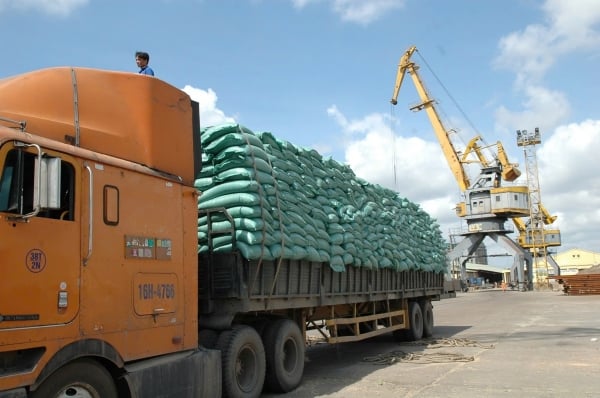

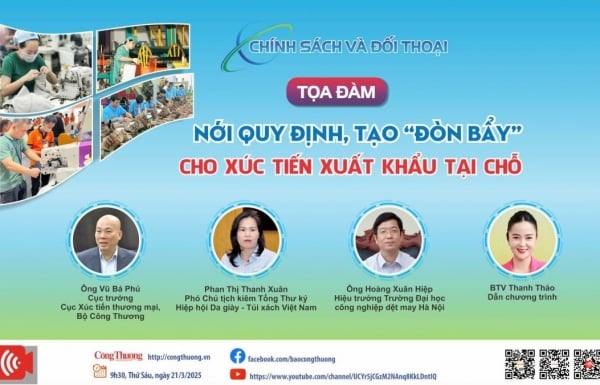

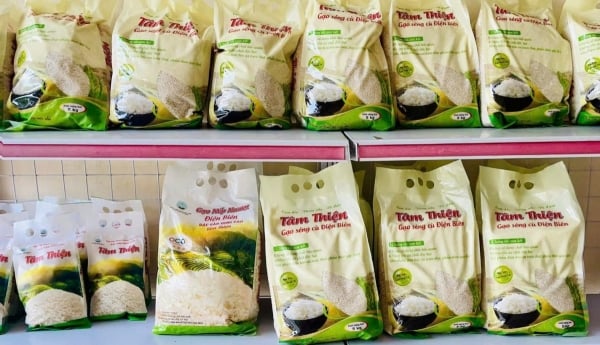
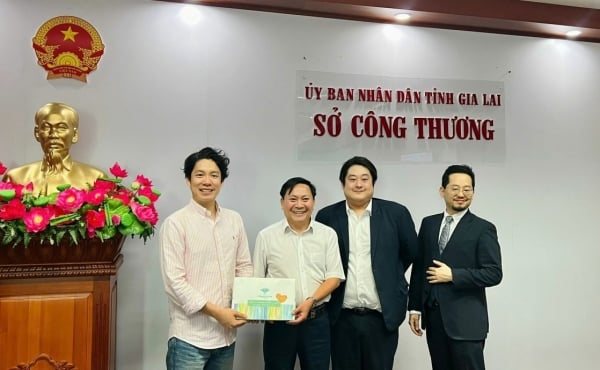

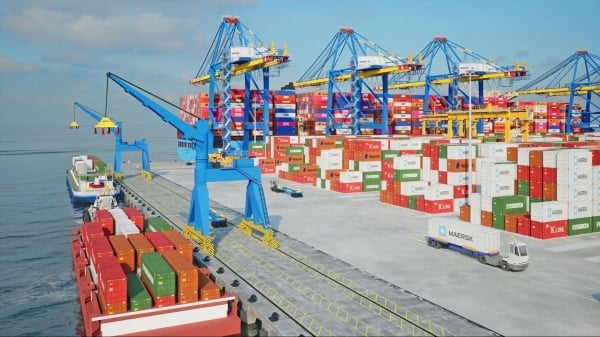
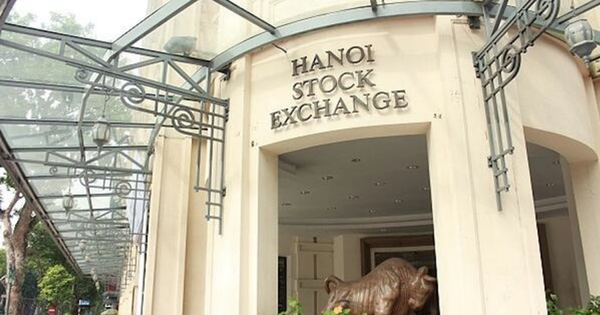
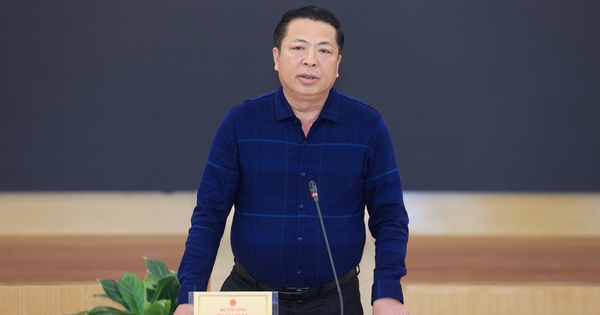
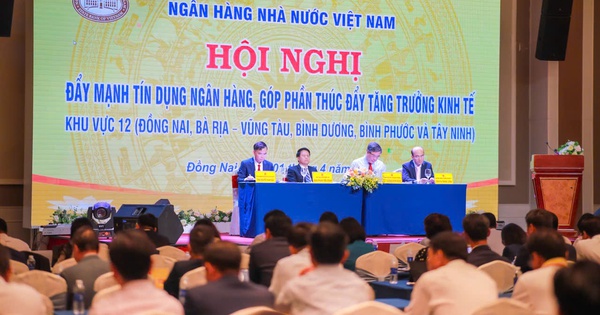
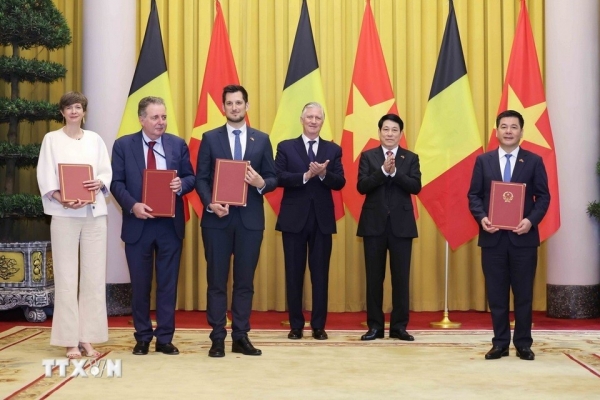





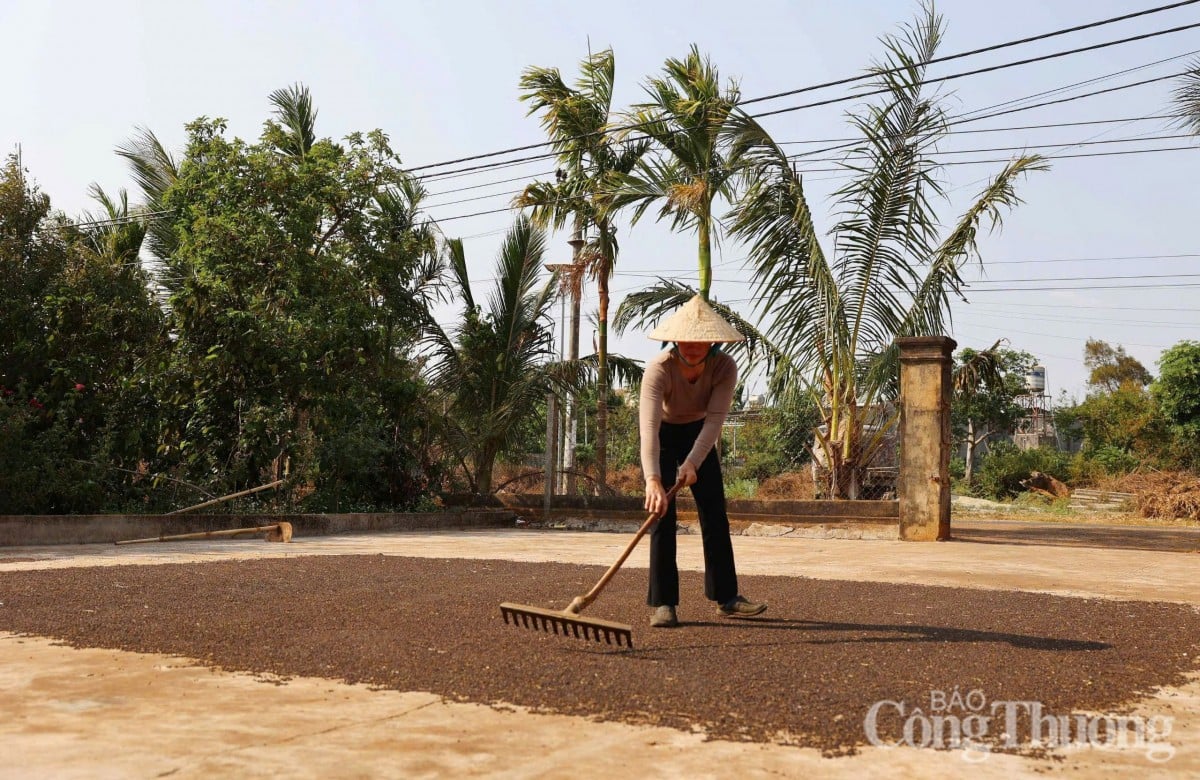
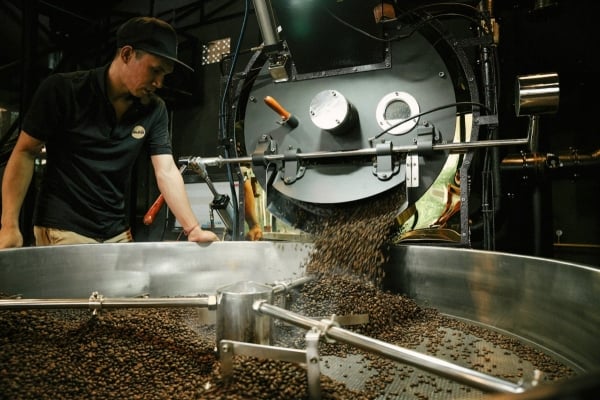
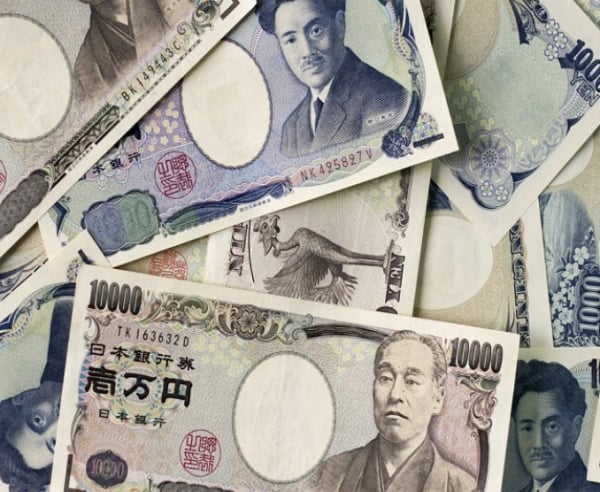

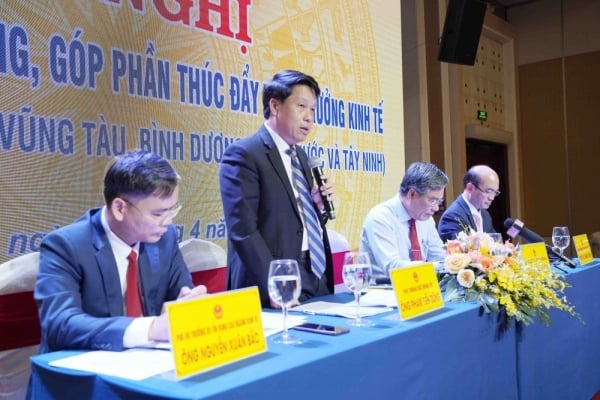






























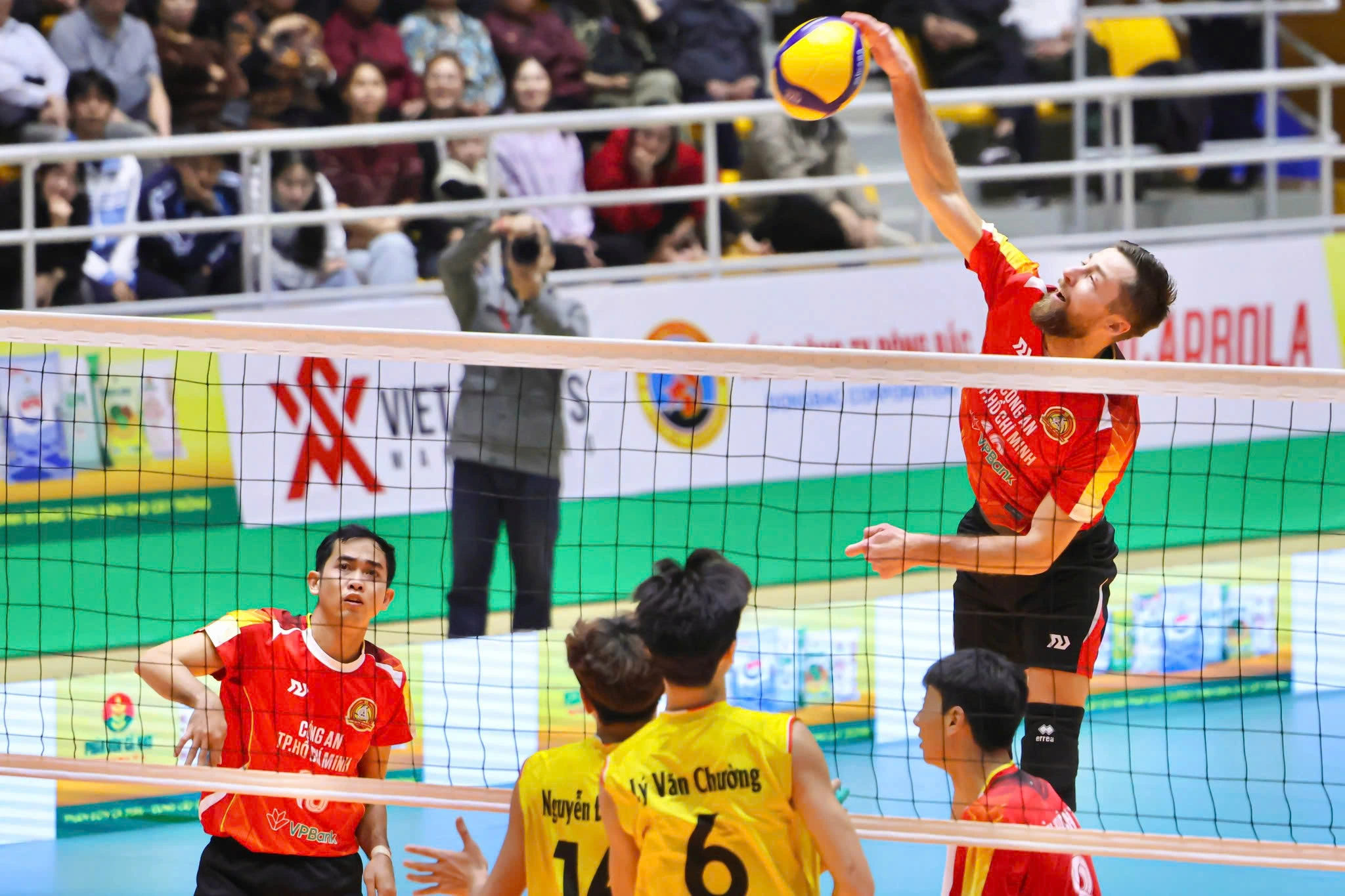


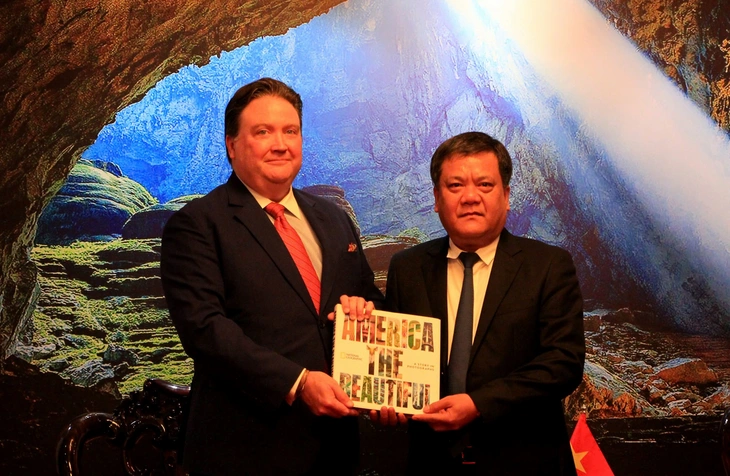



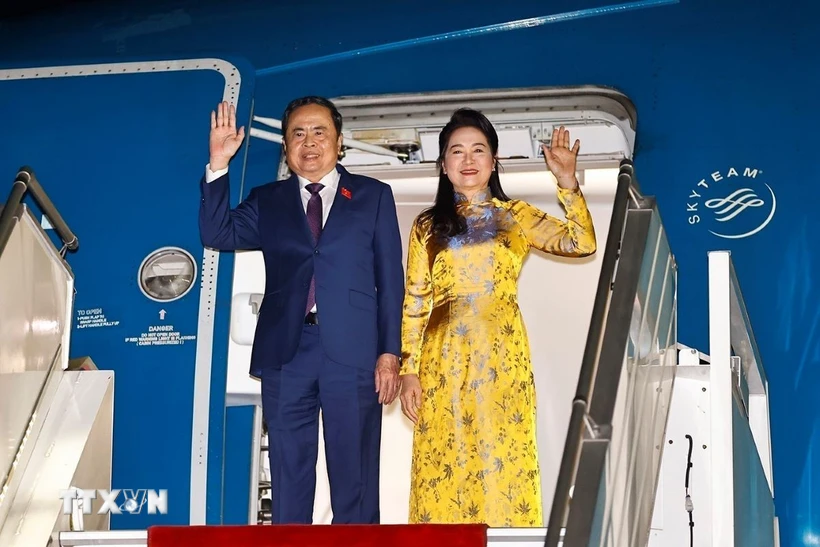






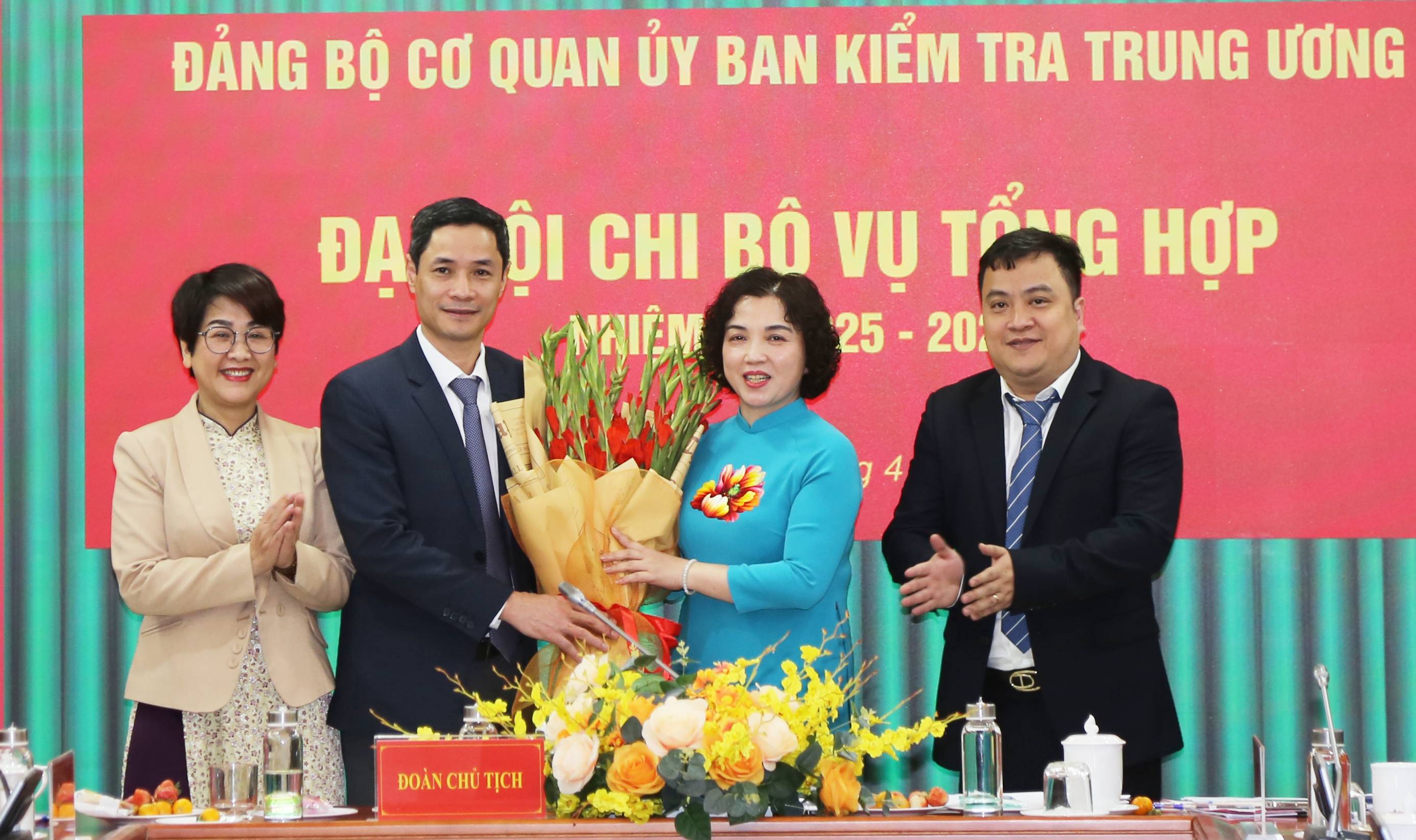



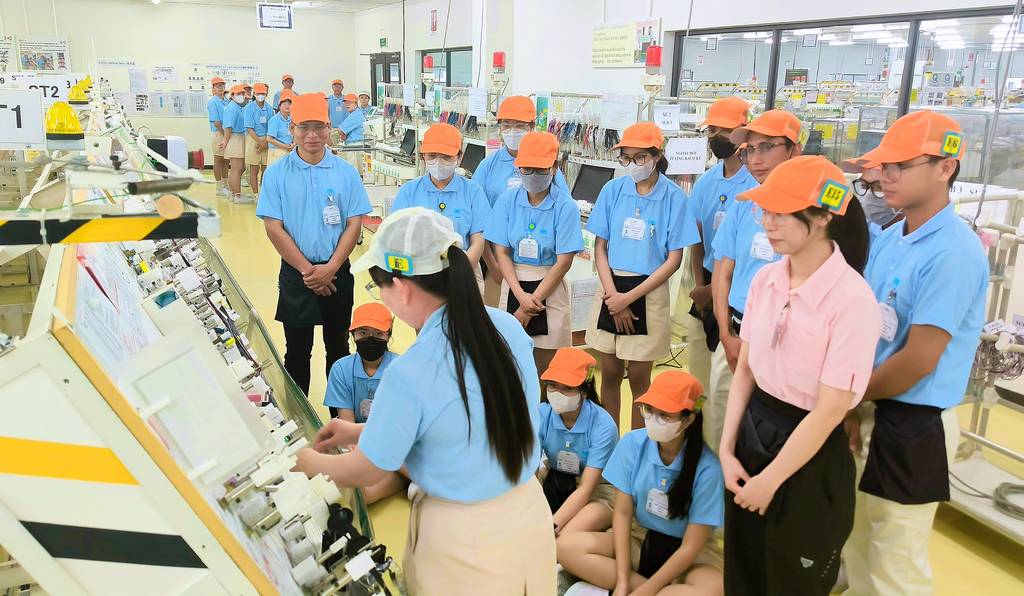

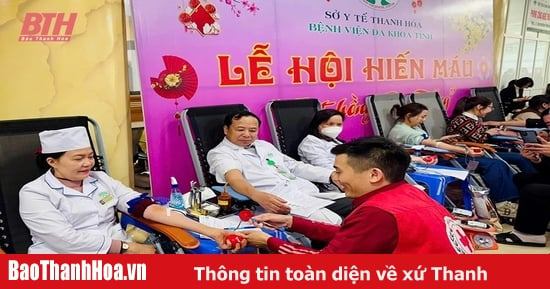



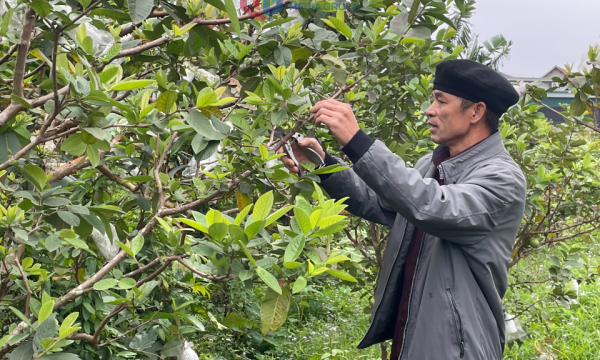

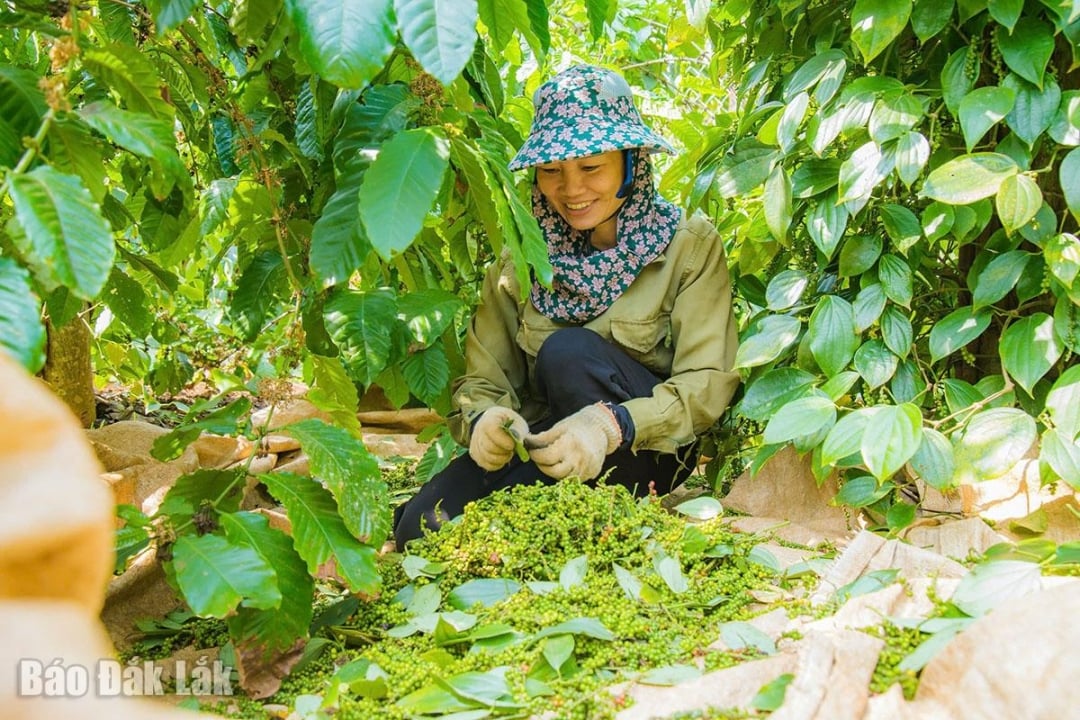

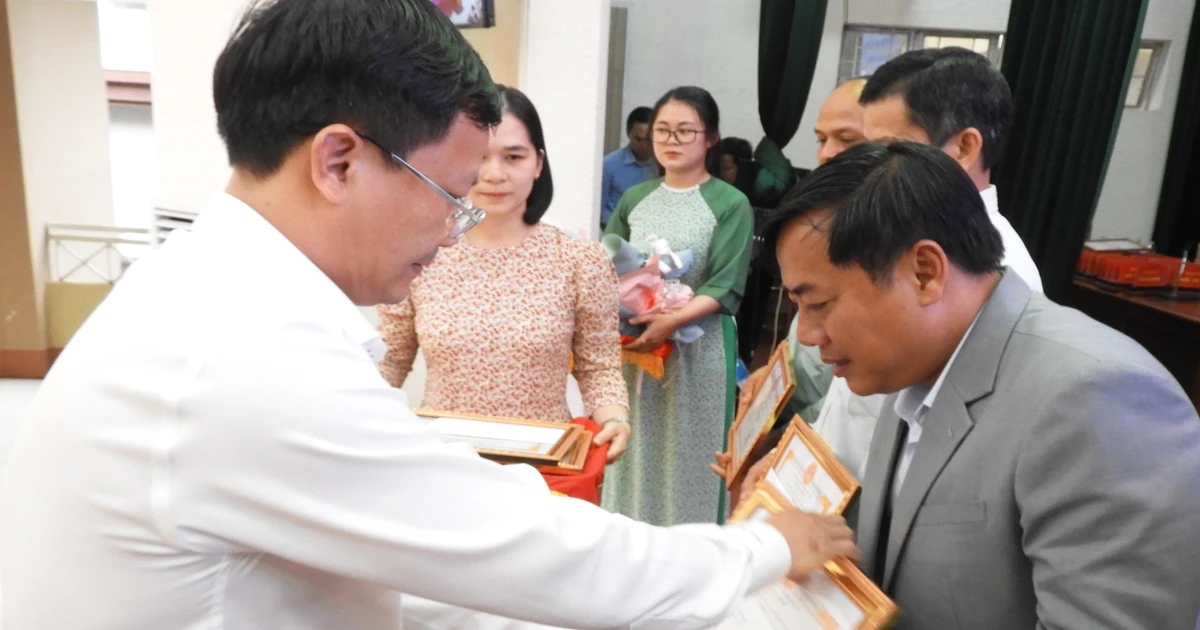









Comment (0)